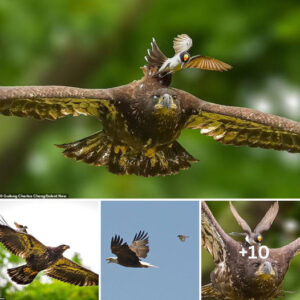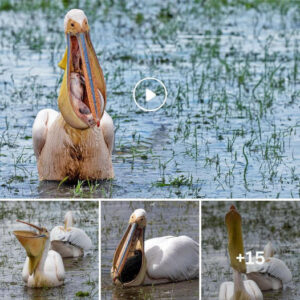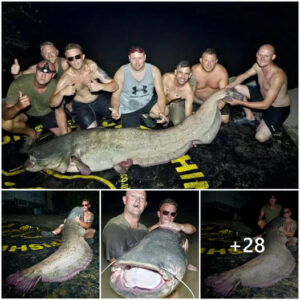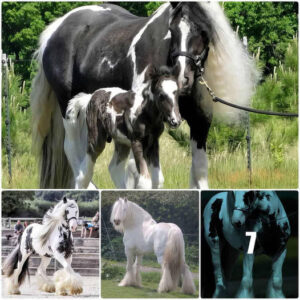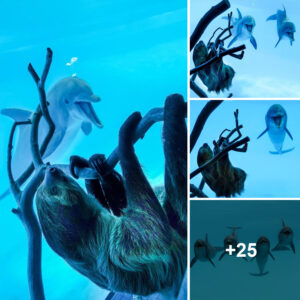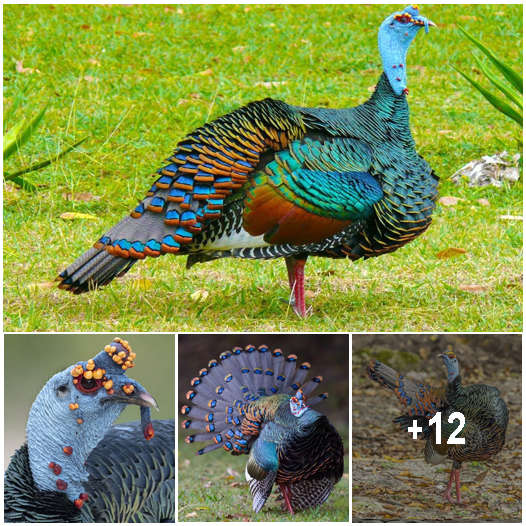
Orange head ‘nodules,’ copper-colored wing panel, and iridescent blue-and-gold eyespots all combine to create a large, distinctive, spectacular gamebird!
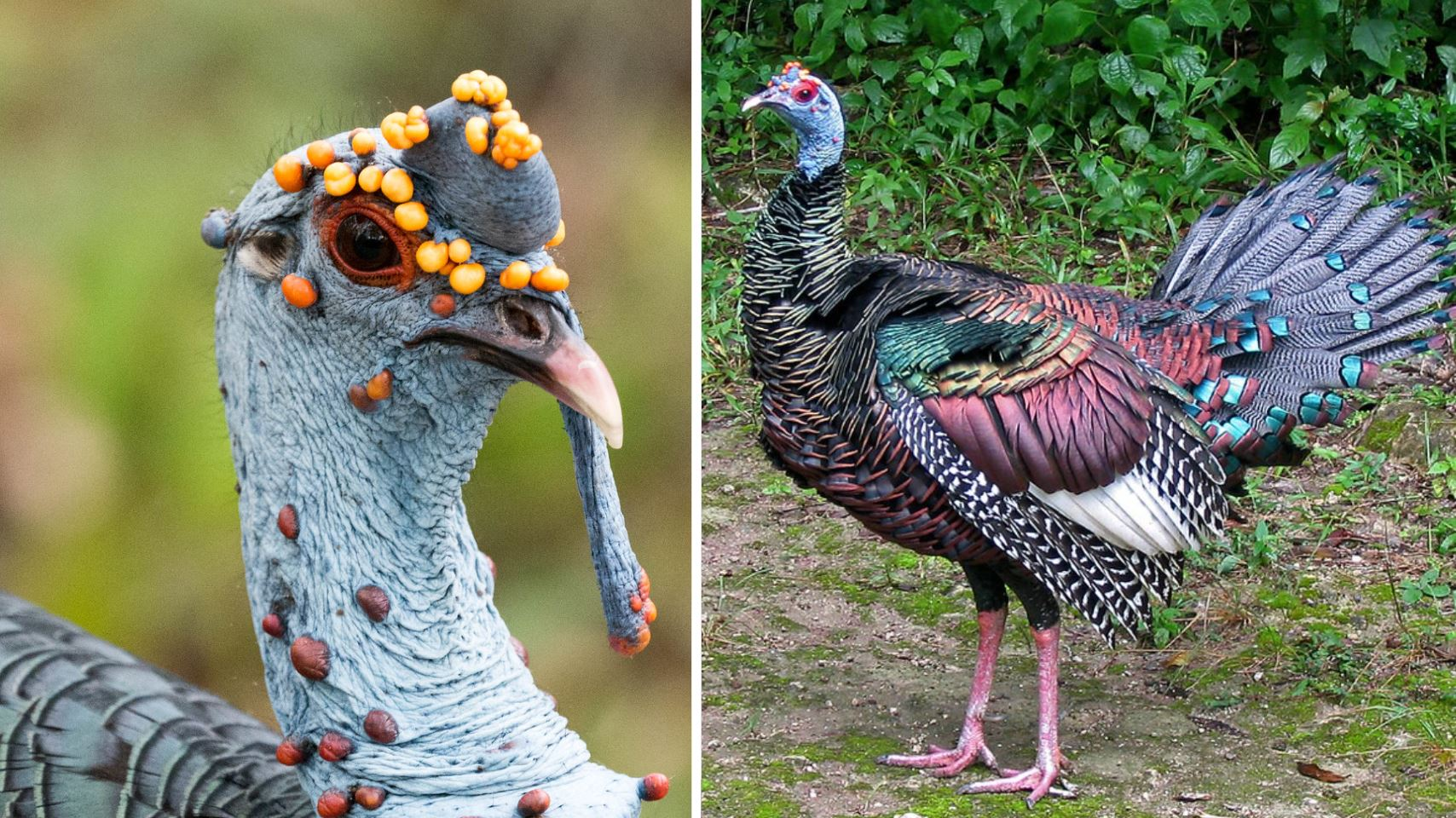
Meet The Ocellated turkey
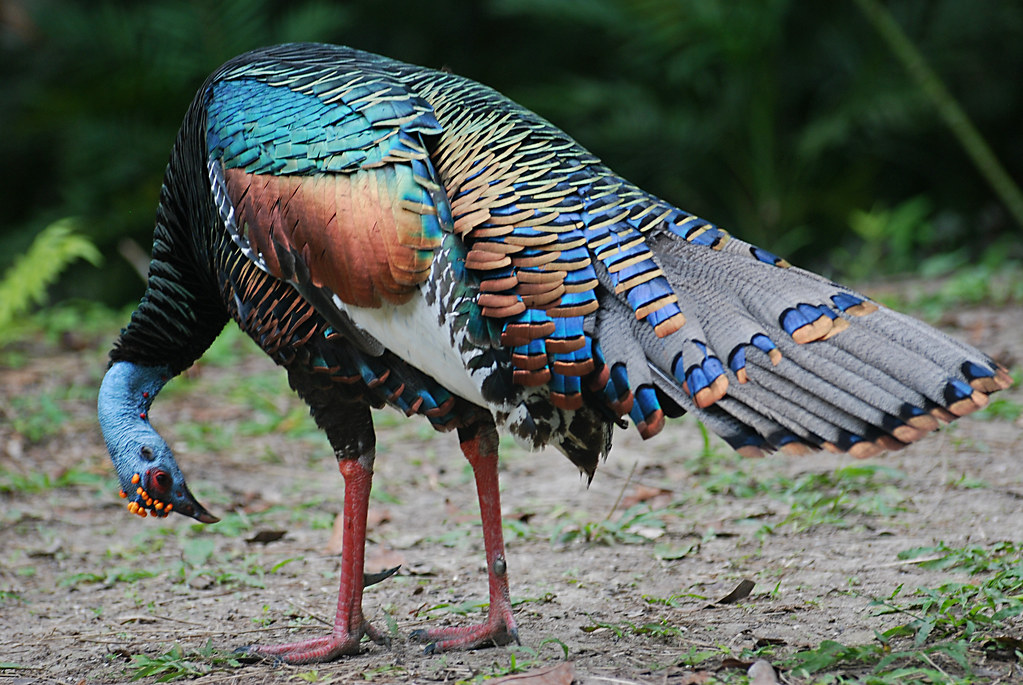
The ocellated turkey (Meleagris ocellata) is a species of turkey that is the showy tropical cousin of the world’s only other turkey species, the ever-familiar Thanksgiving bird. Watching a strutting male do his look-at-me dance is like seeing a Wild Turkey through a kaleidoscope filter: The baby-blue head is dotted with red and orange nodules. Metallic body feathers shimmer in colors from electric blue to green, growing more vivid on wings also banded with bronzy orange and white. Its striking tail recalls the peacock’s famous plumes. (In Spanish, this bird is sometimes called pavo real, a term both for peacock and “royal turkey.”) The males have a fleshy blue crown covered with nodules, similar to those on the neck, behind the snood. During breeding season this crown swells up and becomes brighter and more pronounced in its yellow-orange color.
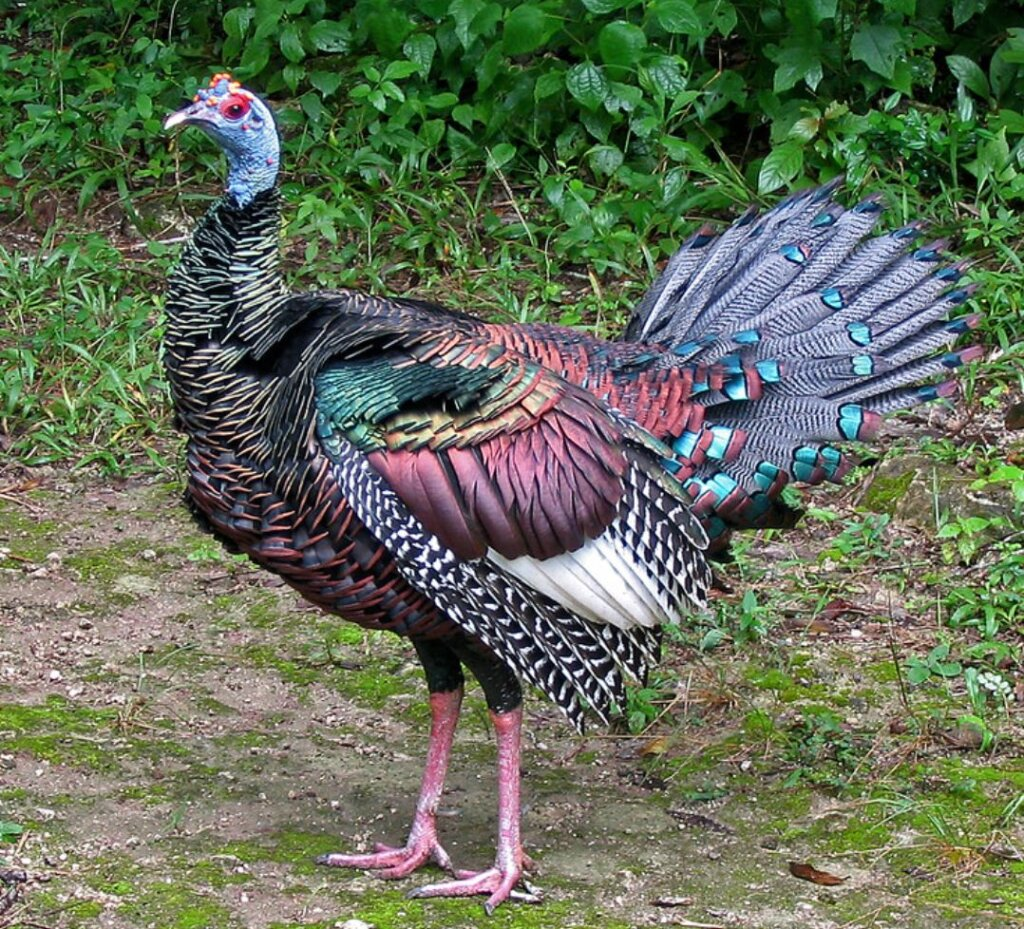
The body feathers of both male and female ocellated turkeys are iridescent bronze-green, with males more brightly colored than females.
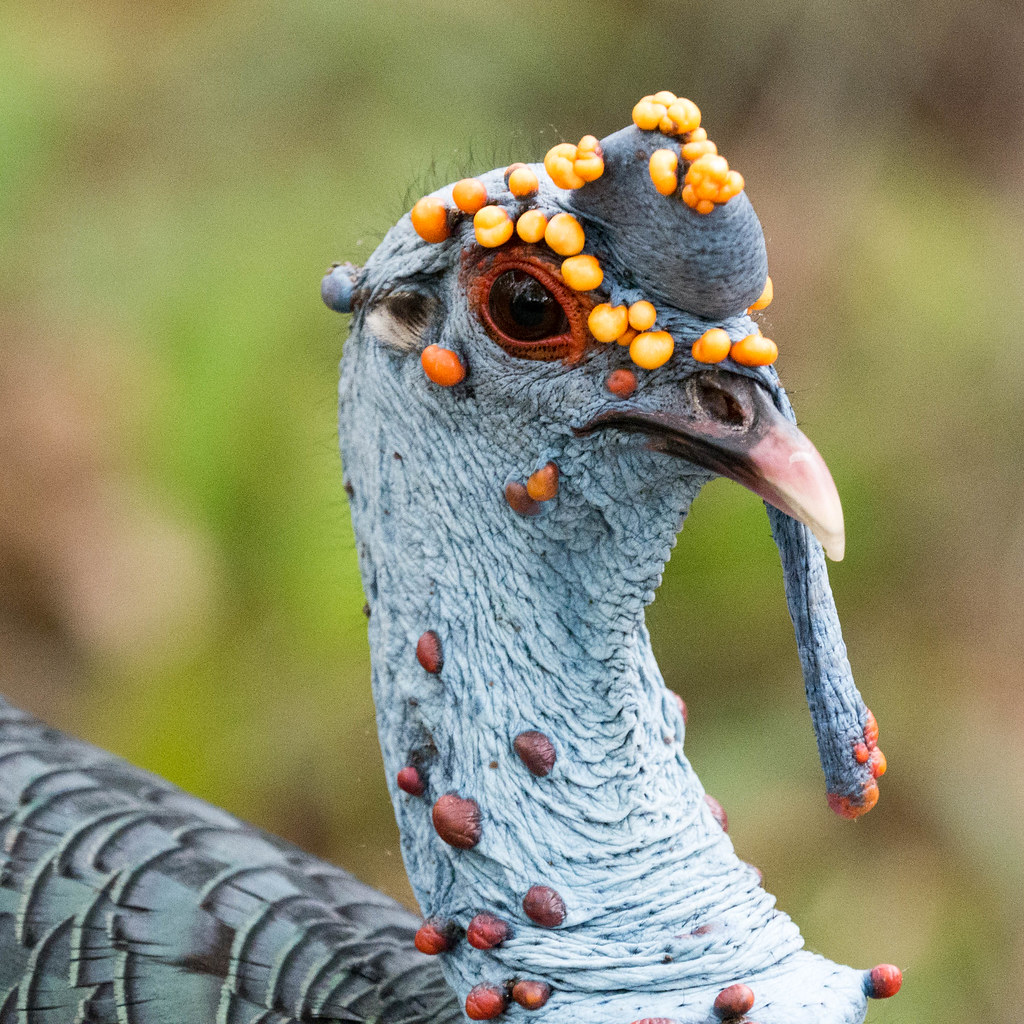
Ocellated Turkeys are much smaller than any of the subspecies of North American Wild Turkey, with adult hens weighing in at about 8 pounds before laying eggs.
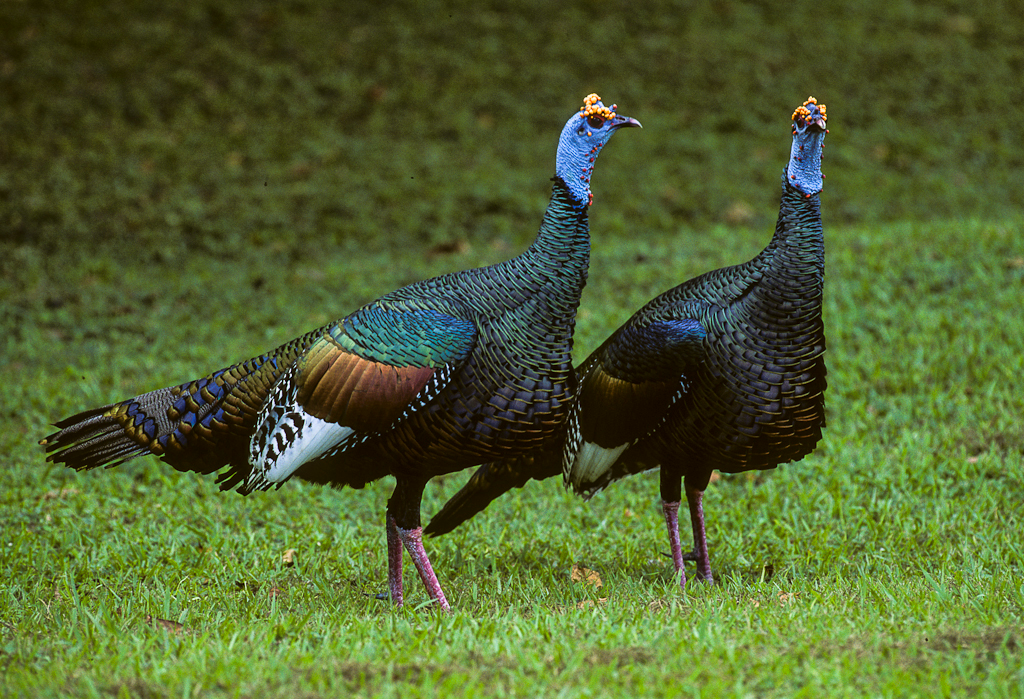
Unlike its northern relative, the Ocellated Turkey does not have big a range. Only existing in a 50,000 square mile area comprised of the Yucatán Peninsula range which includes the states of Quintana Roo, Campeche, and Yucatan, as well as parts of southern Tabasco and northeastern Chiapas.
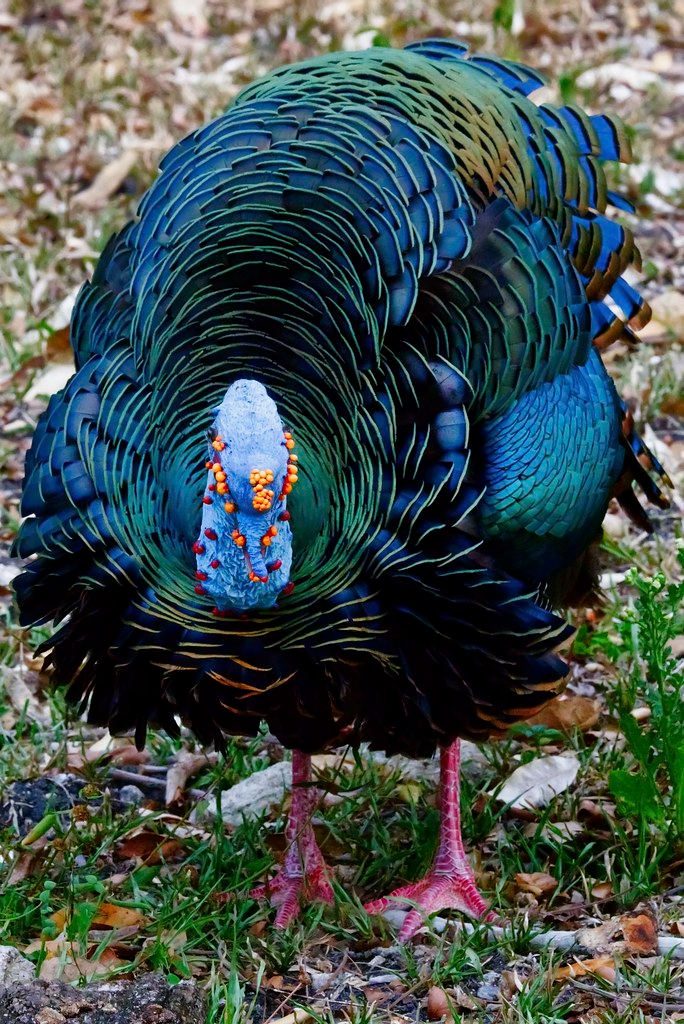
This bird likes to hide, mostly unseen, amid the thick foliage despite its eye-popping plumage.
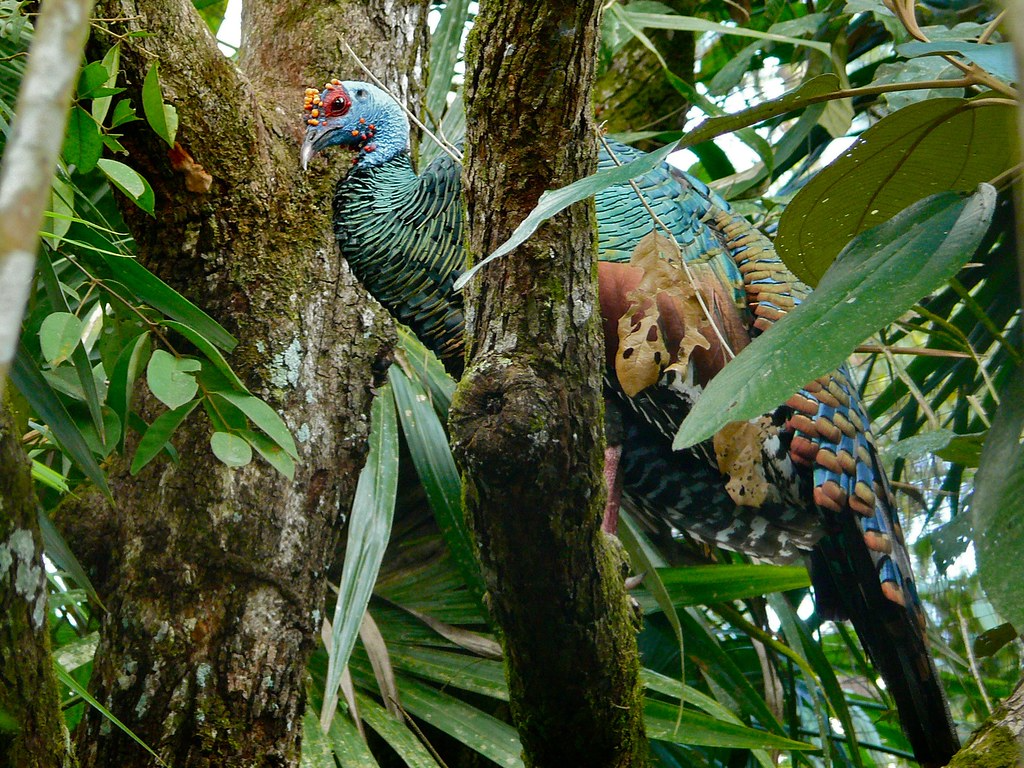
Ocellated turkeys tend to remain in small groups foraging under thick cover within forest and scrub-covered areas. But will venture into clearings and adjacent farm fields. Their diet consists mainly of seeds, berries, insects, and leaves.

Female Ocellated Turkeys lay 8-15 eggs in a well-concealed nest on the ground. She incubates the eggs for 28 days. The young are precocial and able to leave the nest after one night. They then follow their mother until they reach young adulthood when they begin to range though often re-grouping to roost. The voice is similar to the northern species too, the male making the “Gobbling” sound during the breeding season, while the female bird makes a “clucking” sound.
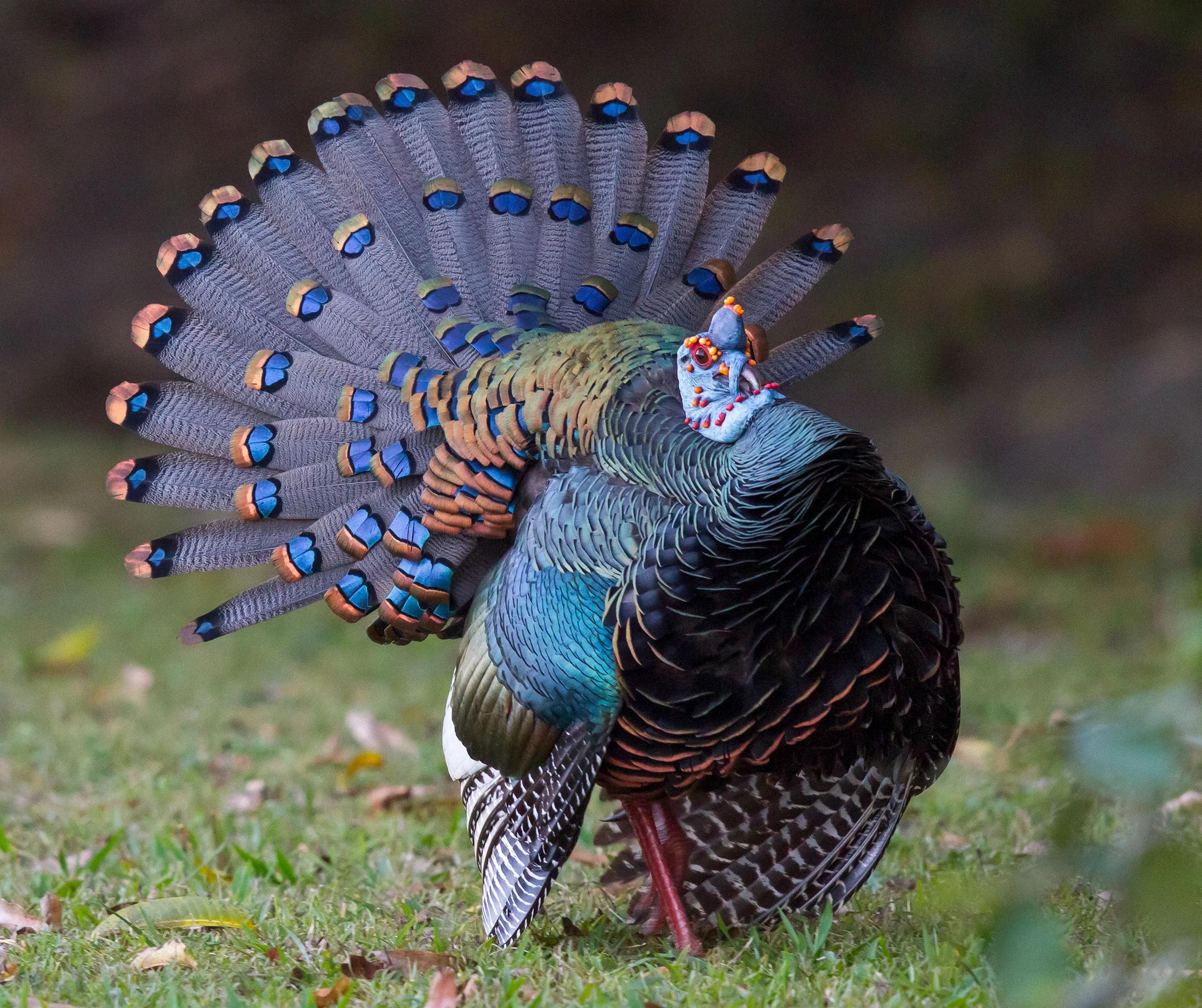
Unfortunately, large-scale timbering operations, followed by traditional slash-and-burn agriculture in Central America, threatens the habitat of the ocellated turkey. The rapid rate of this destruction is a major threat to the future of this spectacular bird.
YOU CAN WATCH THIS TURKEY RIGHT HERE IN THE VIDEO BELOW:
